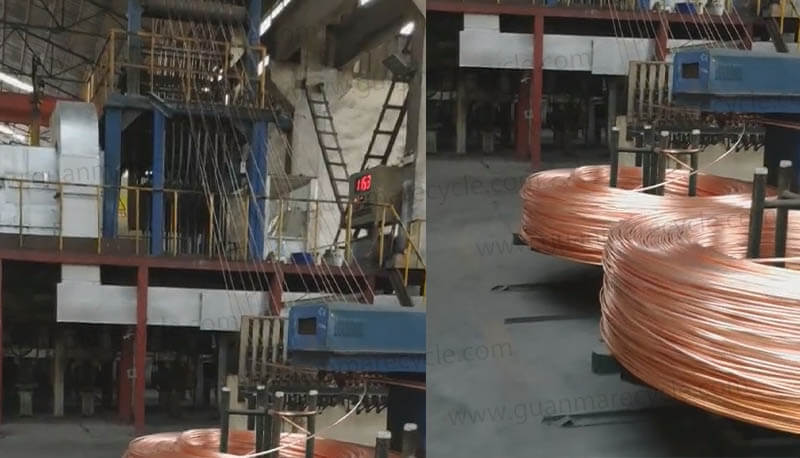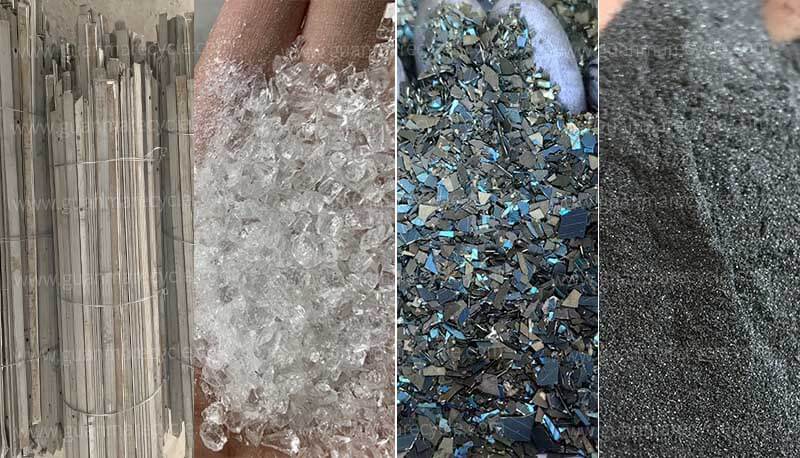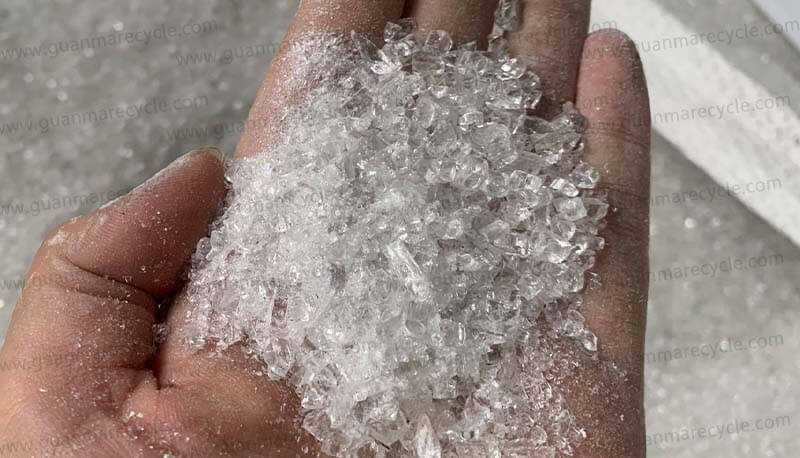In the world of industrial manufacturing, a horizontal copper plant plays a crucial role in the production of high-quality copper products used in various industries. These plants are designed to process copper and transform it into refined copper that can be utilized in electrical systems, plumbing, electronics, and more. This article will delve into the different aspects of horizontal copper plants, covering everything from the costs involved to potential business opportunities and where to find manufacturers and machines for sale.
What is a Horizontal Copper Plant?
A horizontal copper plant is a type of facility specifically designed for the extraction, refining, and processing of copper. Unlike vertical systems, horizontal copper plants operate with a layout that prioritizes horizontal flow, making them suitable for large-scale operations that require continuous processing. This design improves efficiency, reduces space usage, and enhances the overall output quality. The technology used in these plants can vary, but it typically includes smelting furnaces, electrorefining cells, and casting systems to ensure the copper is processed to the highest standards.
Understanding Horizontal Copper Plant Costs
One of the key factors for any business considering the establishment of a horizontal copper plant is the horizontal copper plant cost. The costs associated with setting up such a plant depend on a variety of factors, including the plant’s capacity, the technology involved, and the location. Generally, the initial investment for a horizontal copper plant includes the cost of land, machinery, labor, and operational setup. Additionally, ongoing expenses such as maintenance, energy consumption, and raw material procurement must be factored into the long-term budget. For businesses looking to enter the copper processing industry, understanding these costs is essential for developing a feasible financial plan.
Cost Factors in Detail:
1. Initial Setup: Includes the purchase of machinery, construction of the facility, and installation of necessary infrastructure.
2. Operational Costs: Cover energy consumption, labor, raw materials like copper ore, and maintenance.
3. Scale of Operations: The larger the plant and the higher the processing capacity, the greater the investment required.
Horizontal Copper Plant Business Opportunities
The demand for copper is ever-growing, particularly in sectors like electronics, renewable energy, and construction. This creates an exciting opportunity for businesses looking to enter the horizontal copper plant business. Establishing a copper plant can be a lucrative venture, as copper continues to be a valuable commodity with a variety of applications.
Why Invest in a Horizontal Copper Plant?
1. Rising Demand: Copper’s importance in the renewable energy and electric vehicle (EV) markets ensures sustained demand.
2. Scalability: Horizontal copper plants can be scaled according to business needs, enabling flexible growth.
3. Profit Potential: Once established, these plants can offer high-profit margins, especially with efficient processing techniques and the right technology.
For entrepreneurs and business owners considering this venture, it’s vital to conduct thorough market research to assess local and international demand for copper products. Analyzing competitors and understanding the supply chain dynamics can also help in building a sustainable business model.
Horizontal Copper Machine Sale: Where to Buy?
If you’re looking to purchase equipment for your horizontal copper plant, it’s essential to find reputable sellers who offer high-quality machines. The horizontal copper machine sale market includes both local and international manufacturers that provide the latest technology in copper processing. Depending on your needs and the scale of your operation, you can find machines that cater to various capacities and production processes.
Key Machines in Horizontal Copper Plants:
1. Copper Smelting Furnaces: Used to extract copper from ore.
2. Electrorefining Equipment: For purifying copper after initial processing.
3. Casting and Molding Systems: For producing refined copper into usable forms.
Make sure to inquire about warranties, machine specifications, and after-sales support when considering a purchase. Finding a reliable seller or distributor can make a significant difference in the long-term success of your copper plant.
Finding the Right Horizontal Copper Machine Manufacturer
Selecting the right horizontal copper machine manufacturer is crucial for the success of your copper processing business. A trusted manufacturer ensures that you receive machines that are durable, efficient, and built with the latest technology. Whether you are looking for a custom solution or a standard setup, experienced manufacturers can help you design and implement the right equipment for your plant.
How to Choose a Copper Machine Manufacturer:
Reputation: Look for manufacturers with a solid reputation in the industry and positive customer reviews.
Quality Assurance: Choose manufacturers that offer quality control and certifications for their machines.
Customization: If you have specific processing needs, ensure the manufacturer can offer tailored solutions.
Support Services: After-sales services, including maintenance and troubleshooting, are essential for smooth operations.
Many manufacturers in the copper processing industry offer both standard and custom-designed machines for horizontal copper plants. Be sure to evaluate your options based on cost-effectiveness, delivery timelines, and customer service.
Conclusion
Investing in a horizontal copper plant is a promising business opportunity with high demand and excellent profit potential. However, understanding the horizontal copper plant costs, selecting the right horizontal copper machine manufacturer, and finding reliable sources for horizontal copper machine sales are all critical steps in ensuring the success of your venture. Whether you are starting a new plant or upgrading existing equipment, thorough research and careful planning can set you on the path to long-term success in the copper industry.



